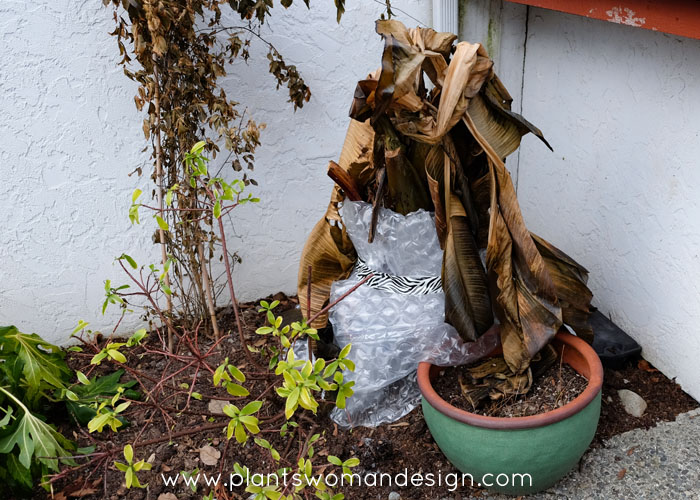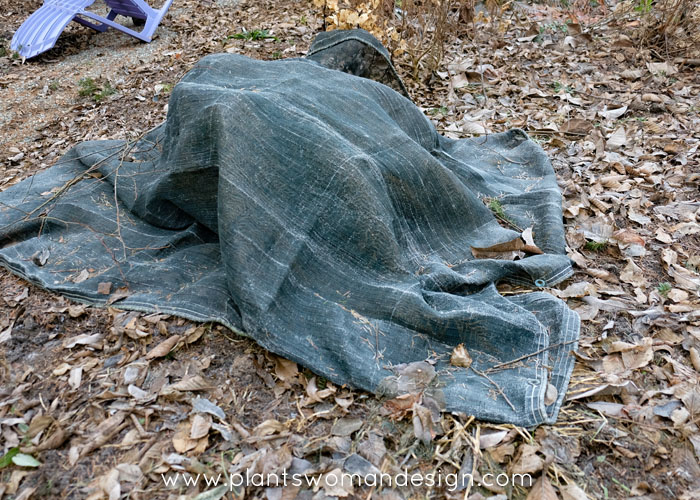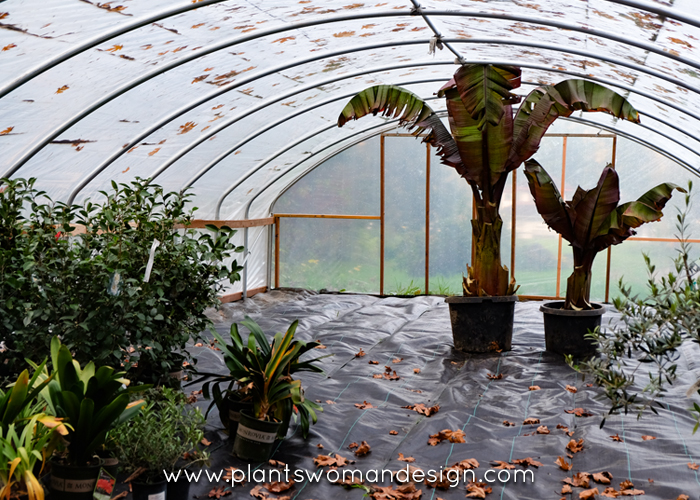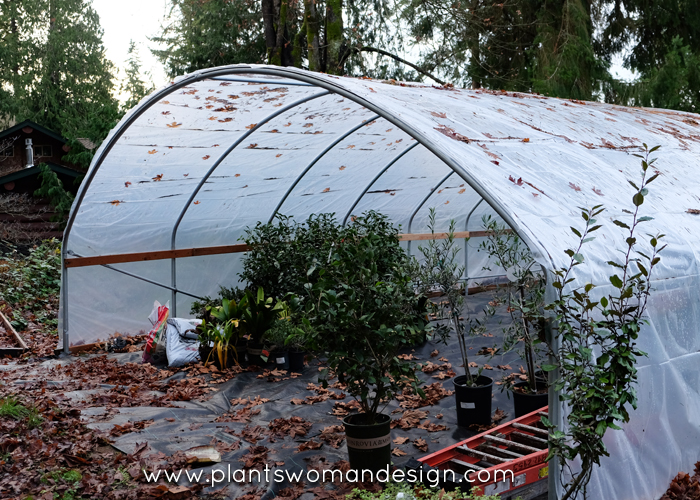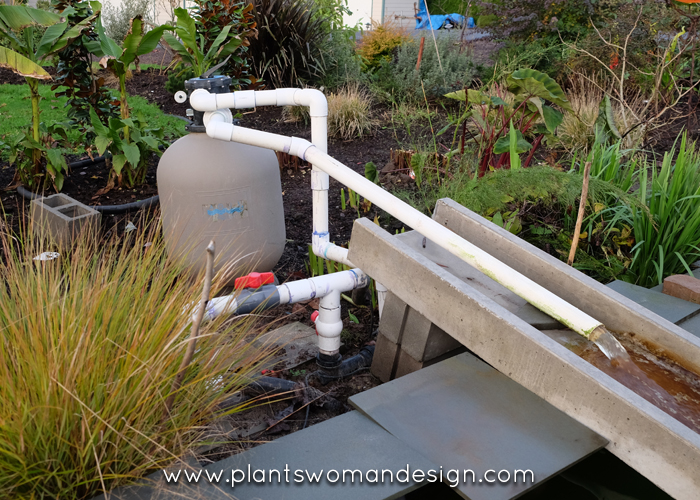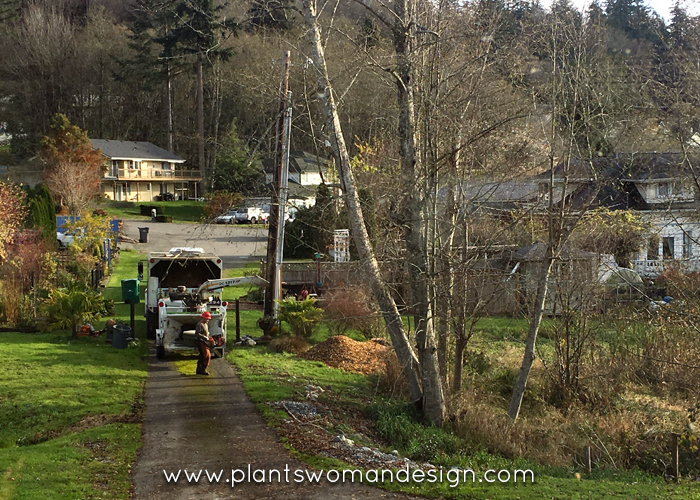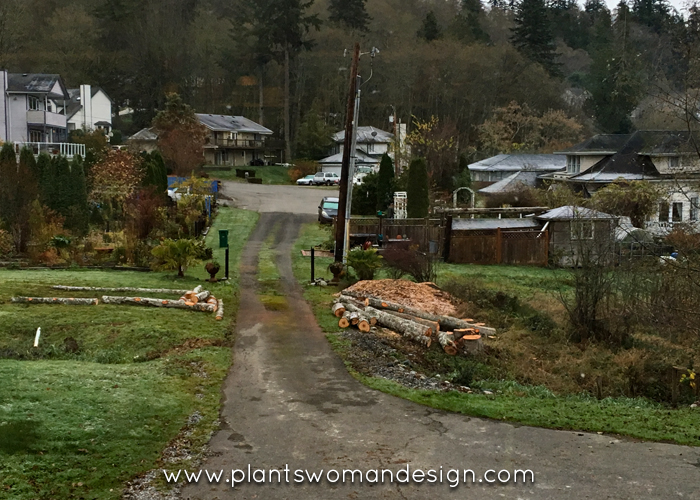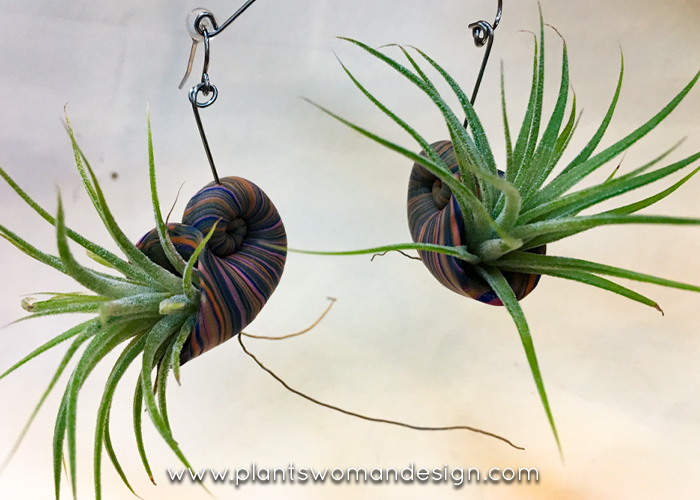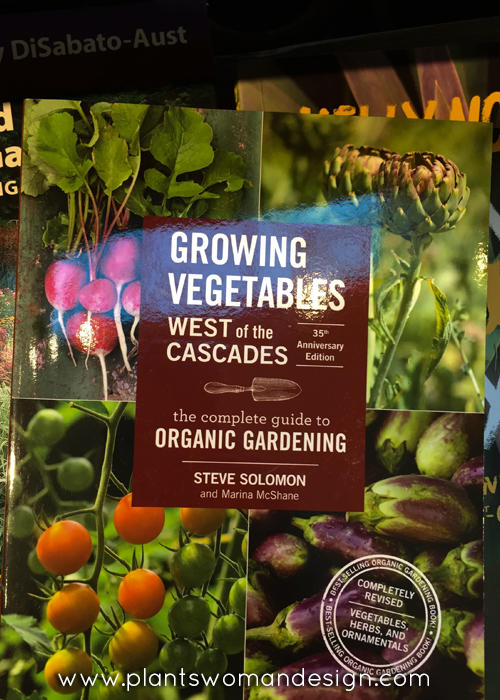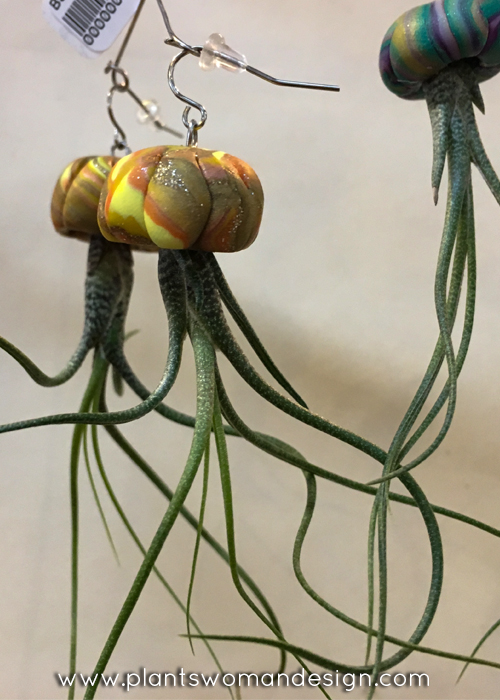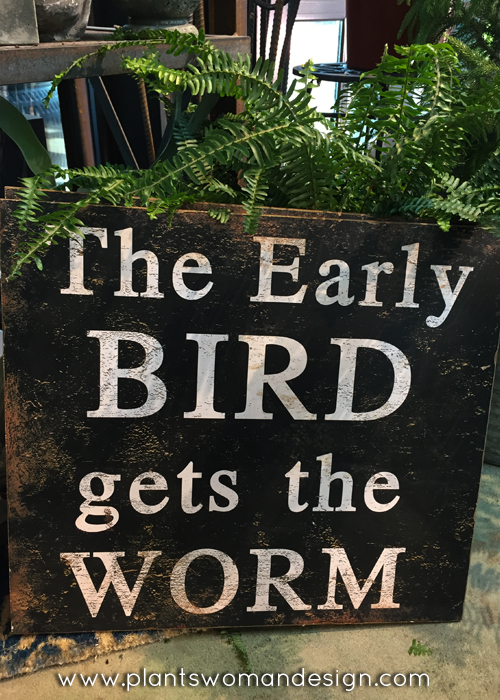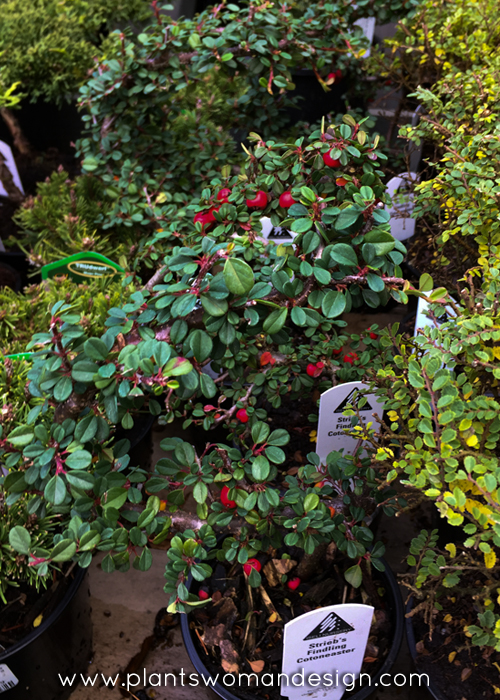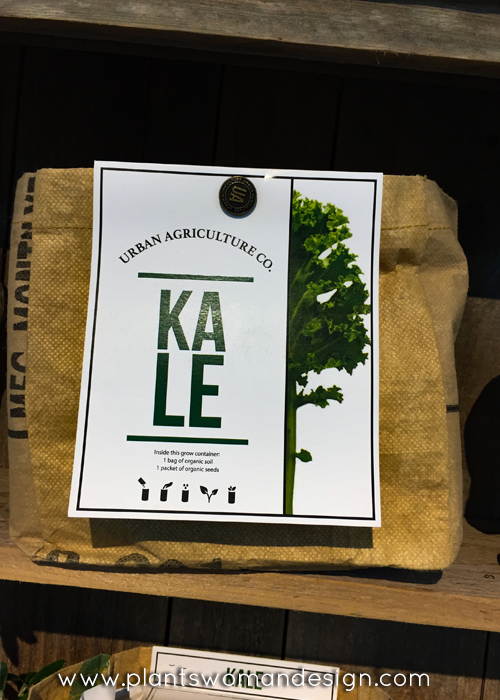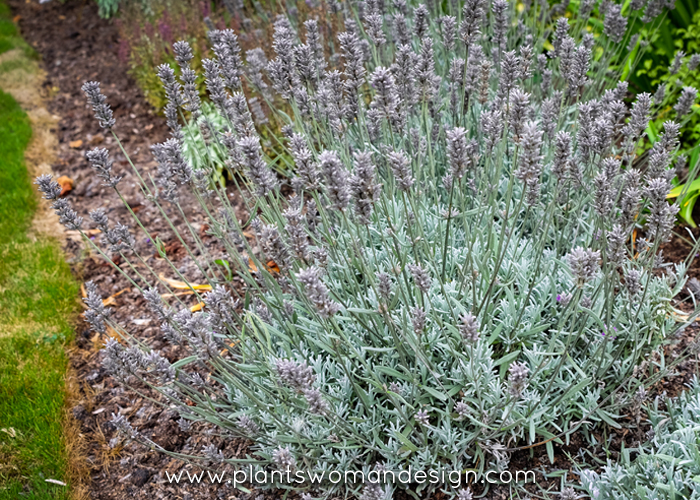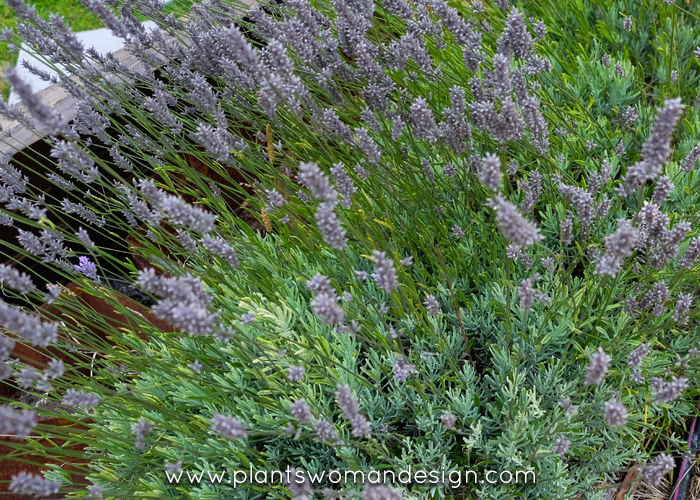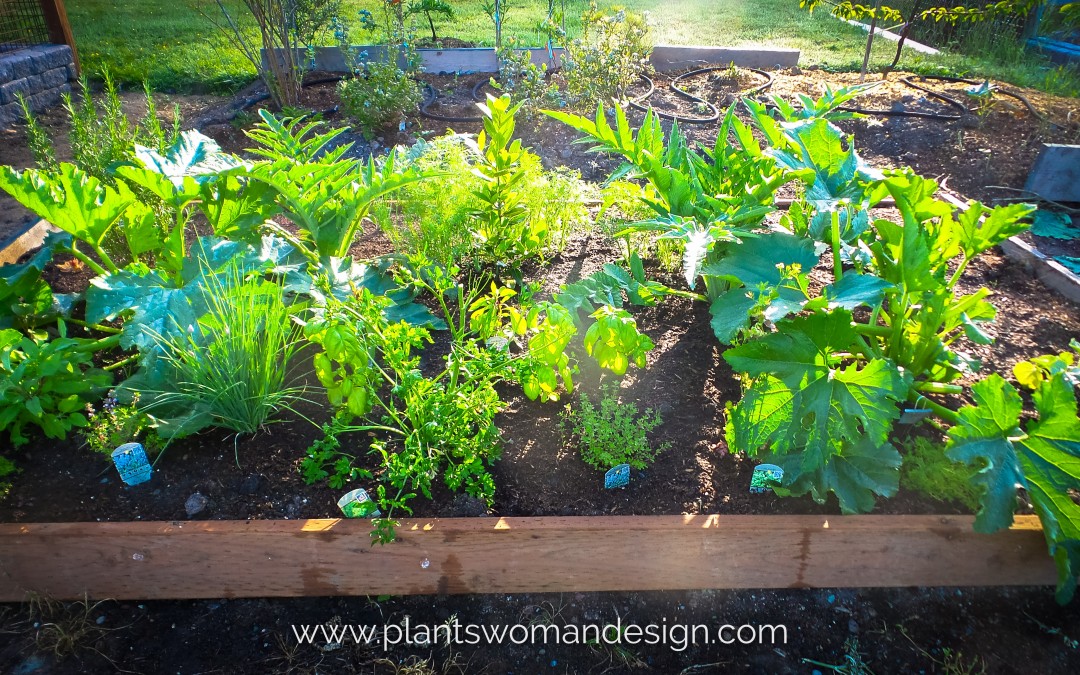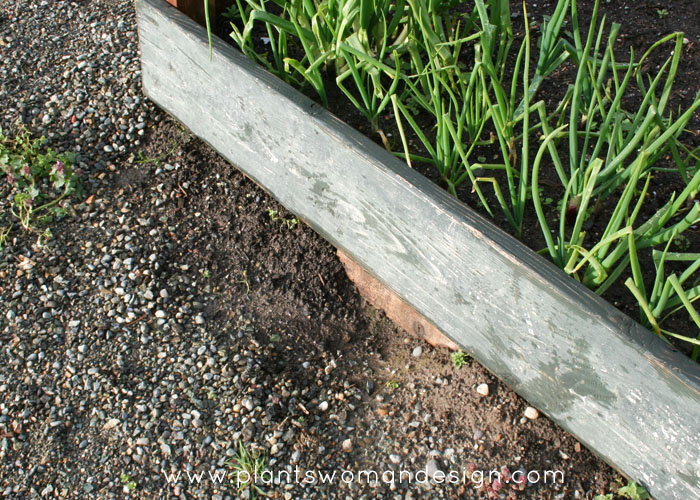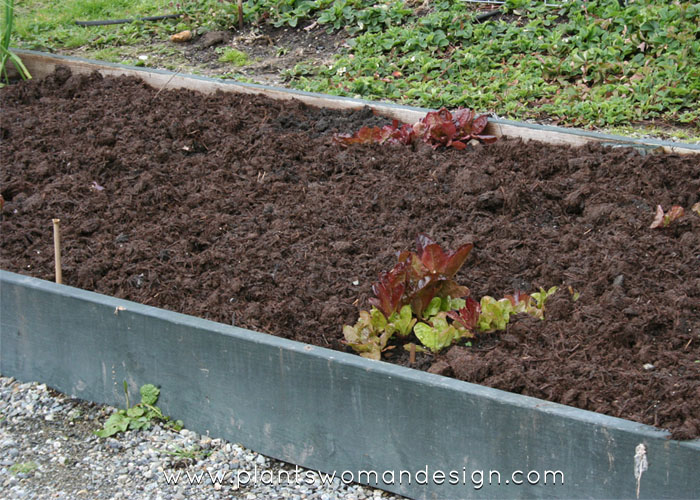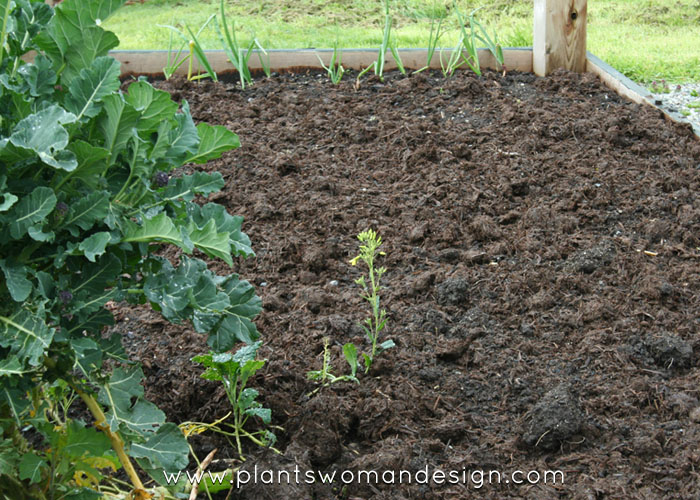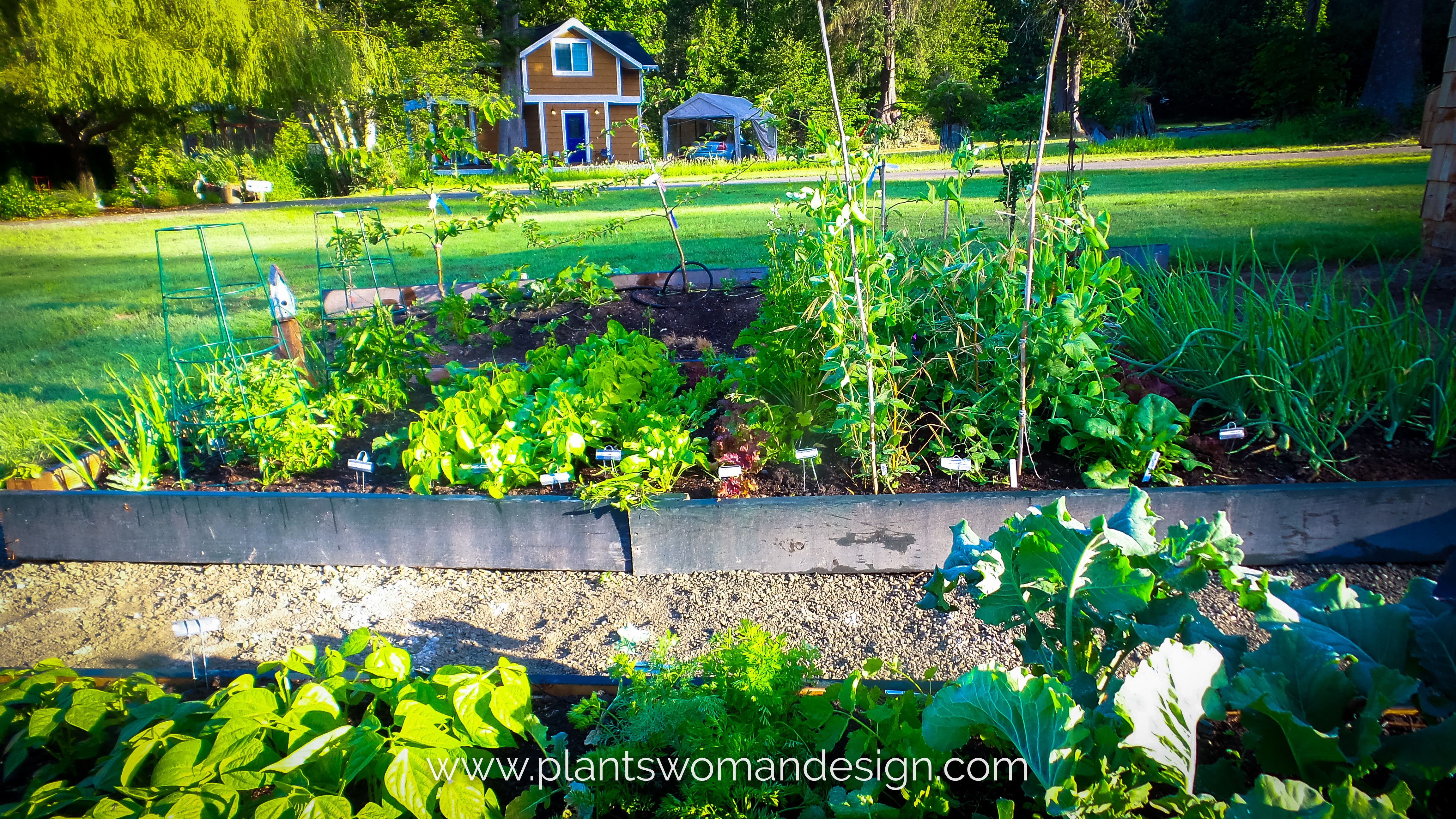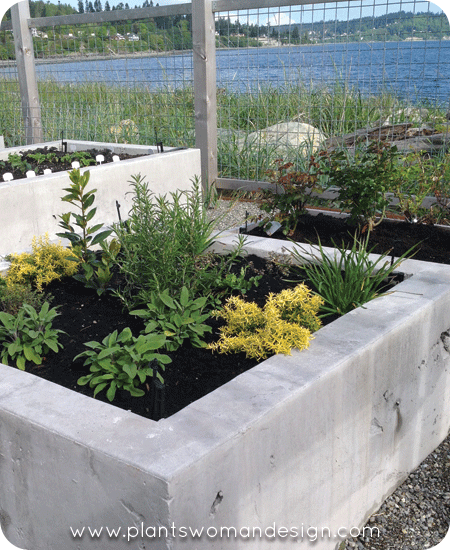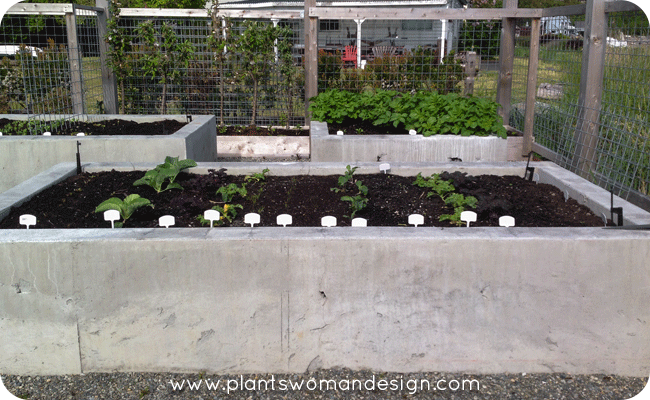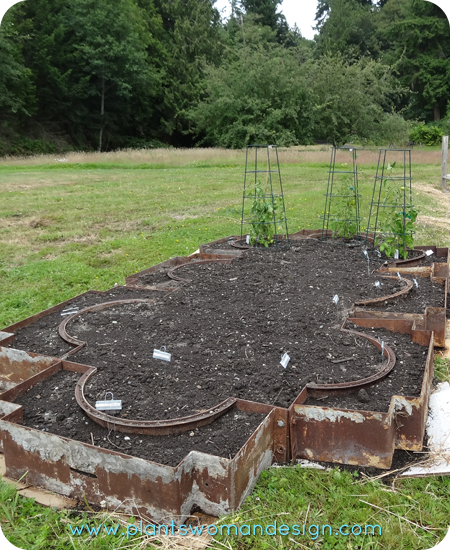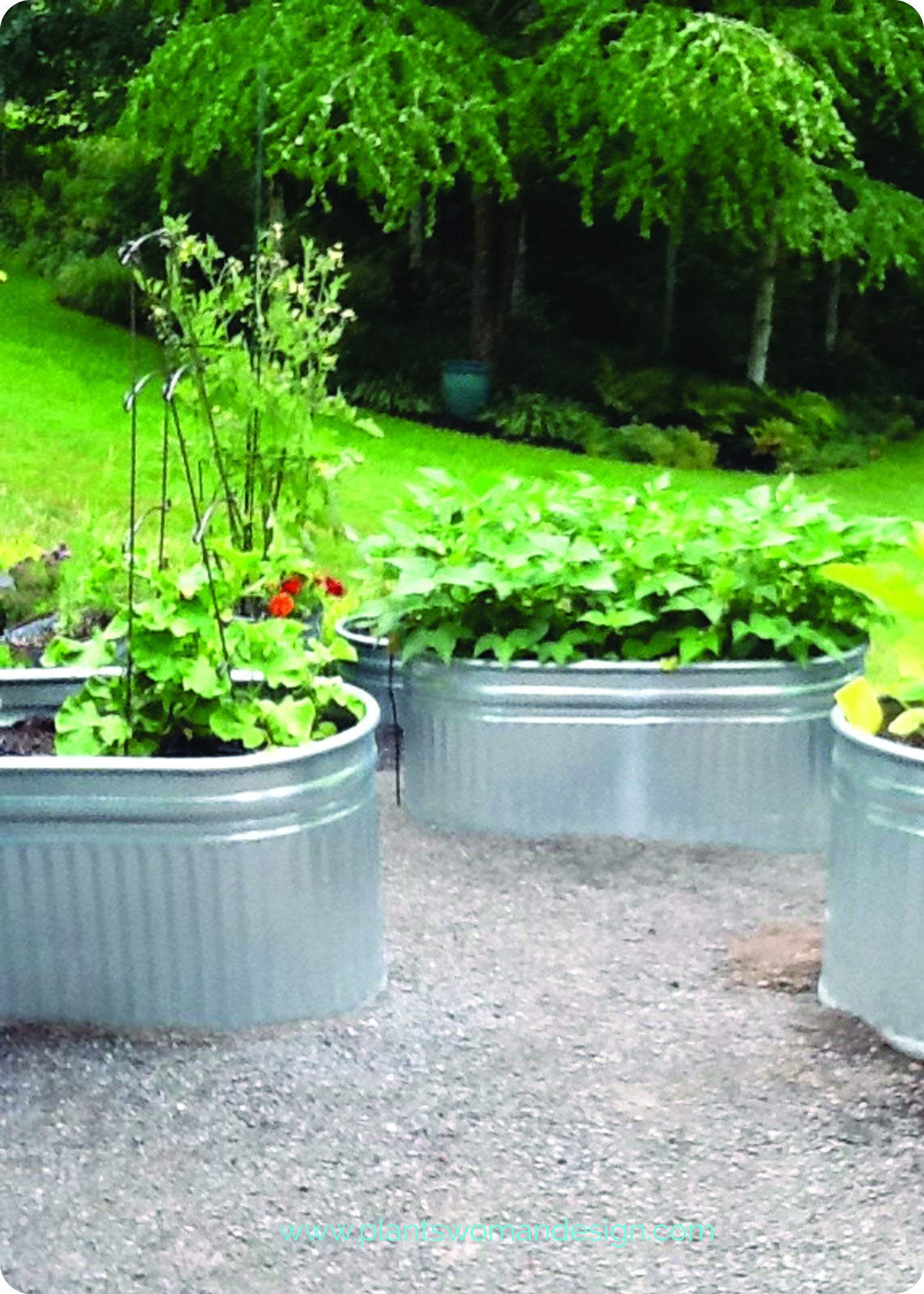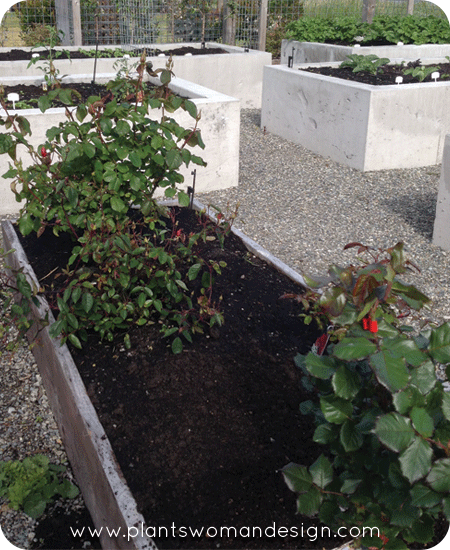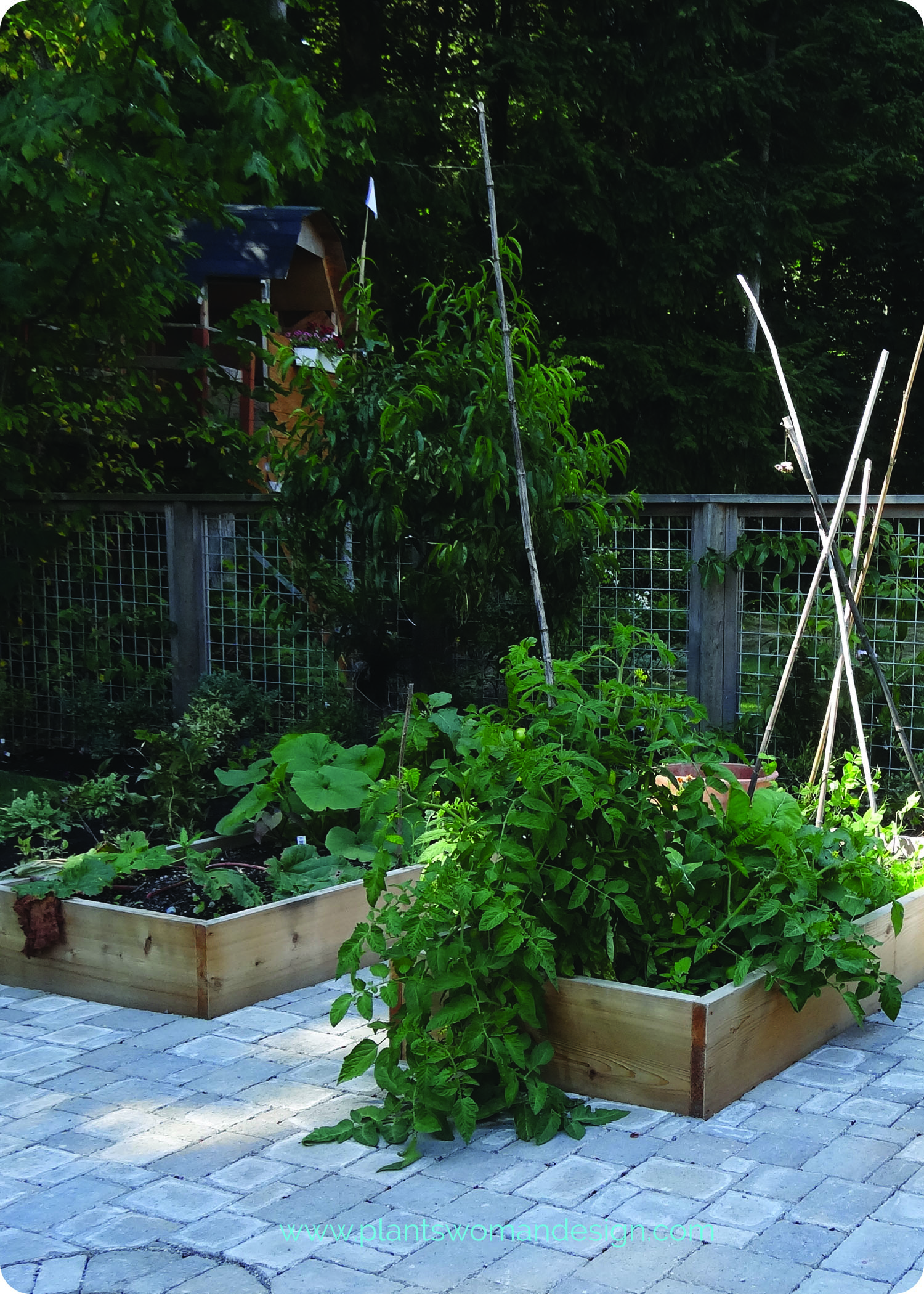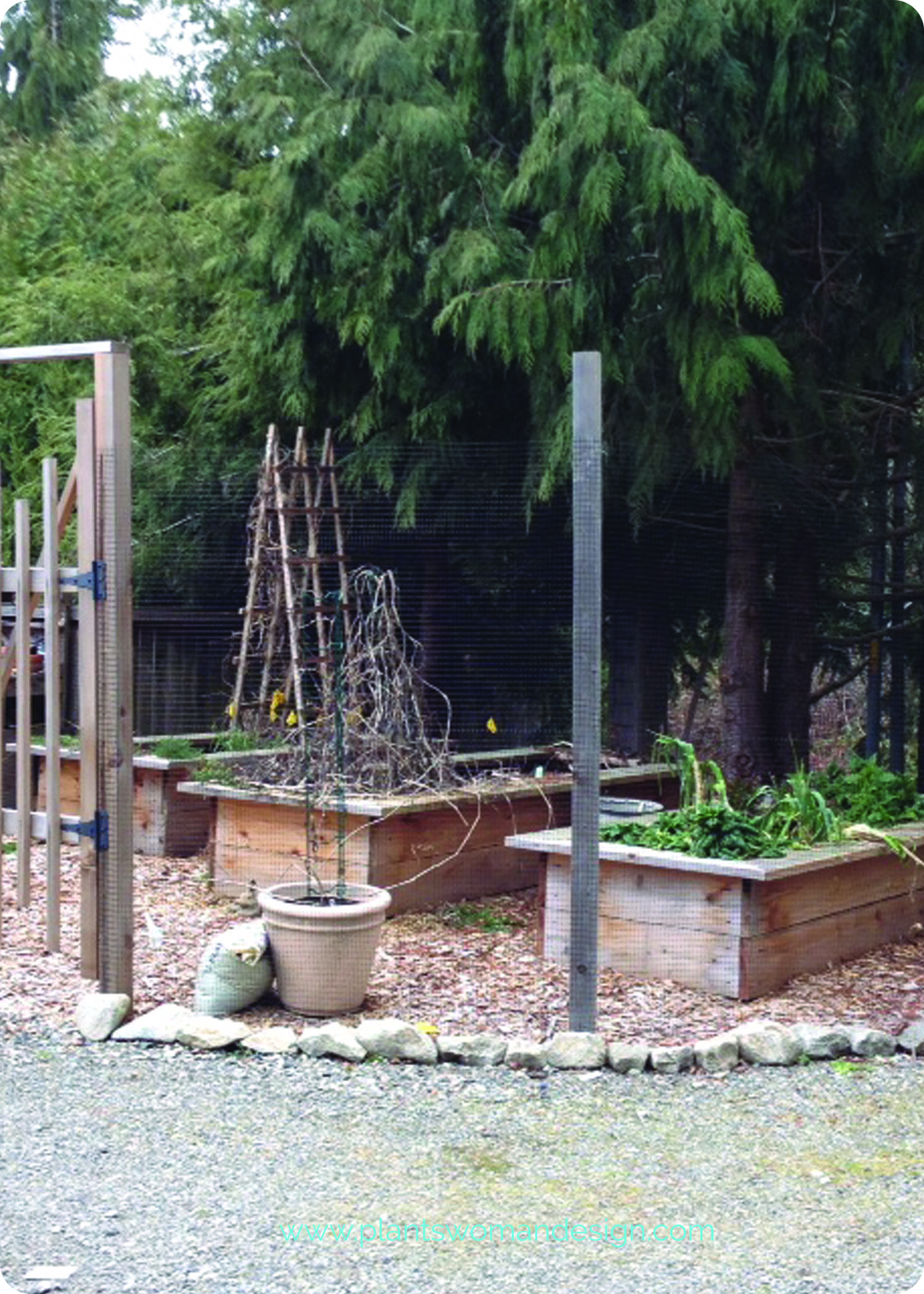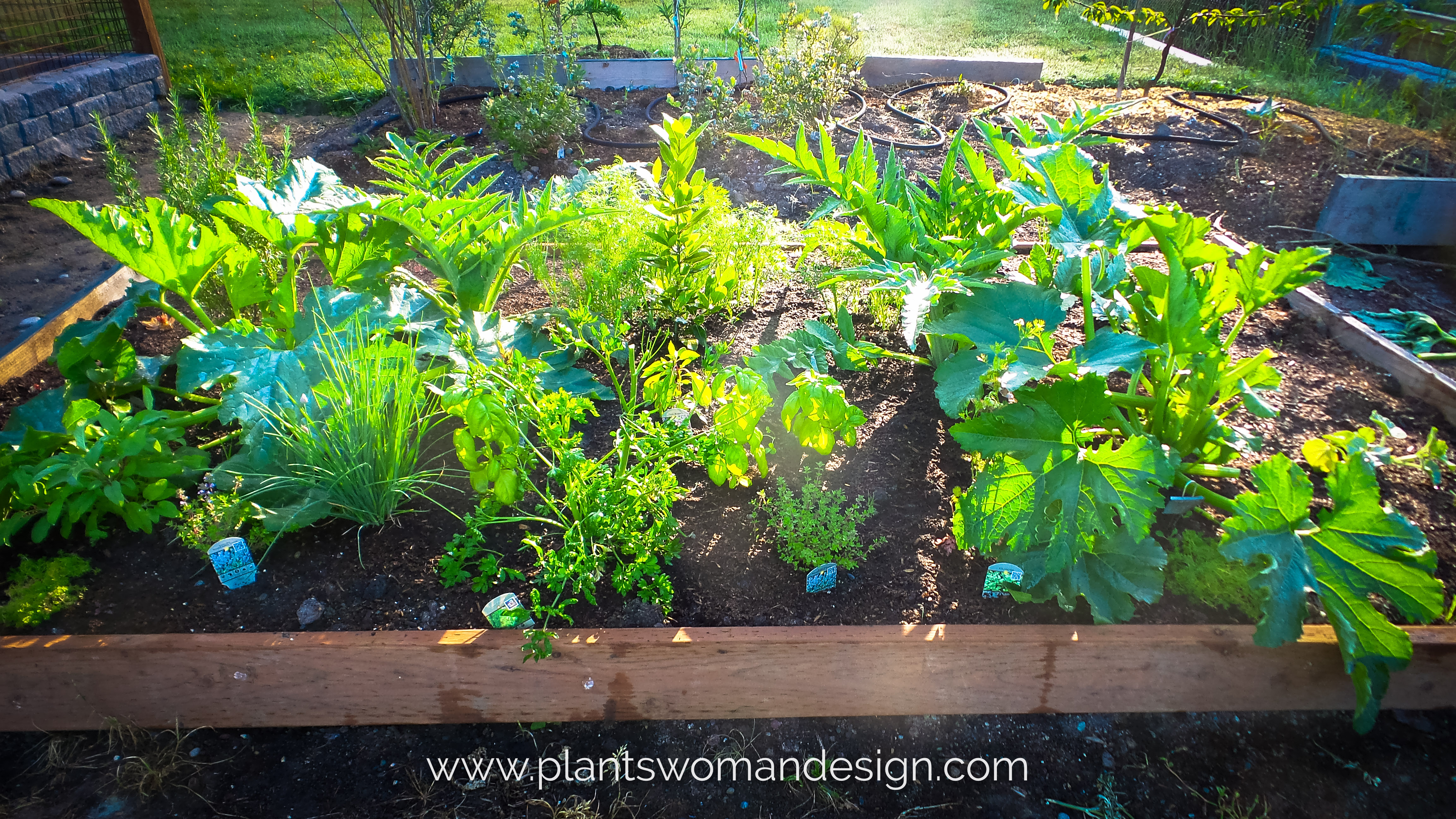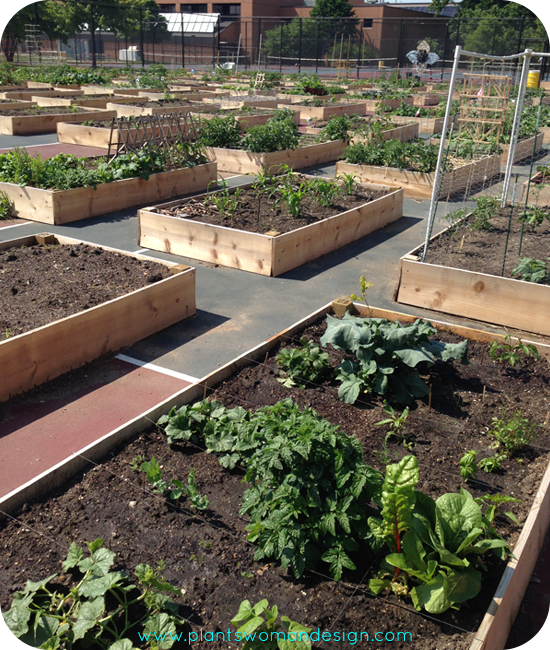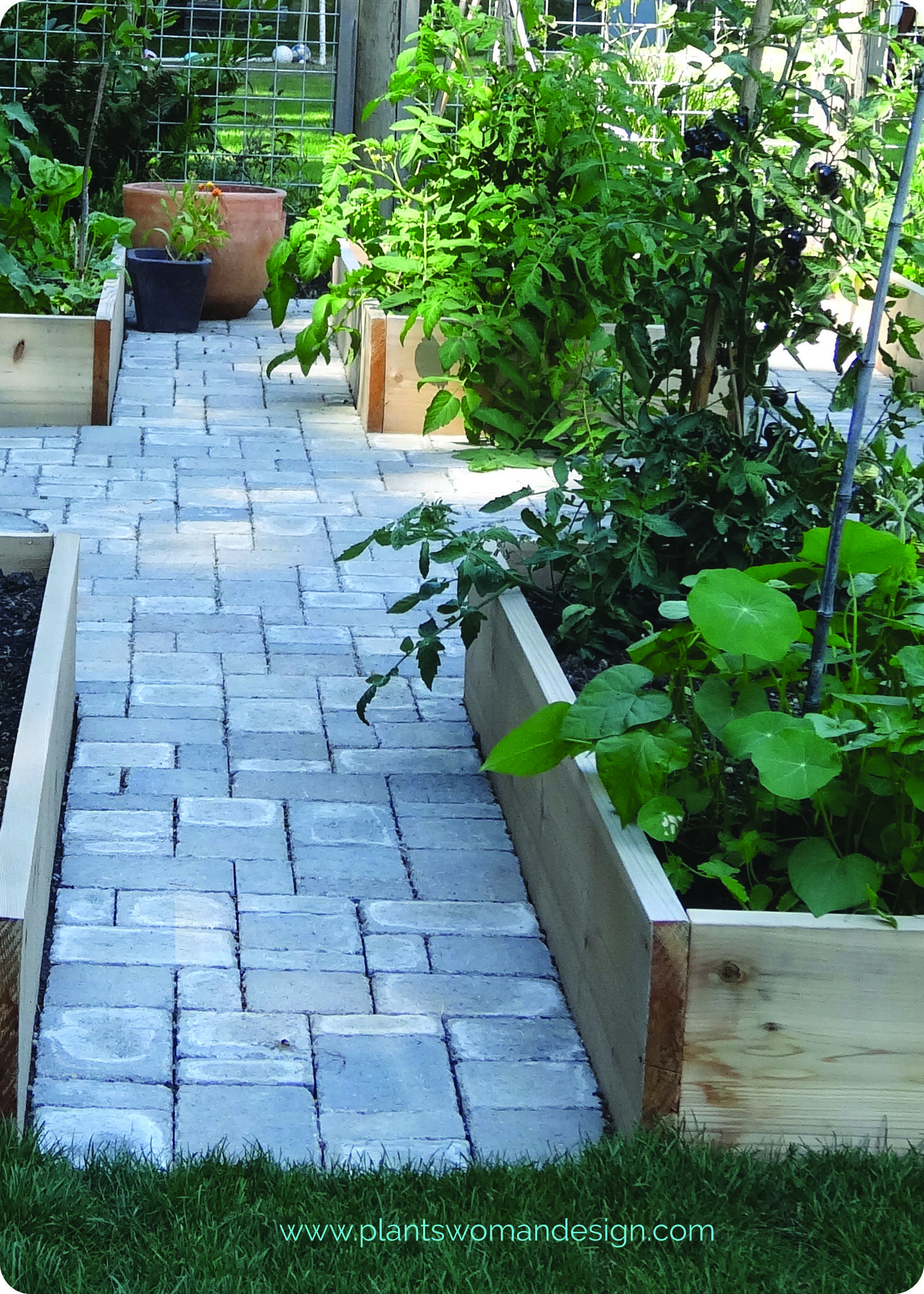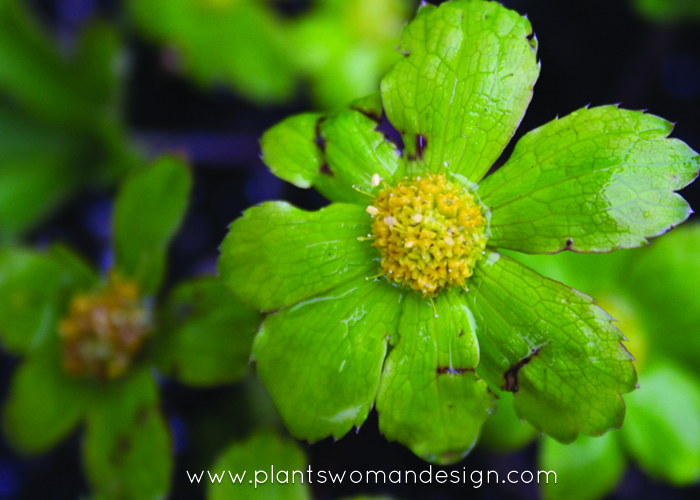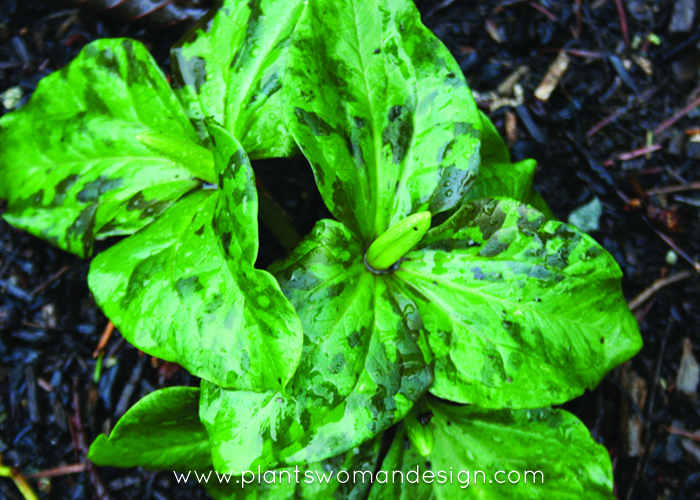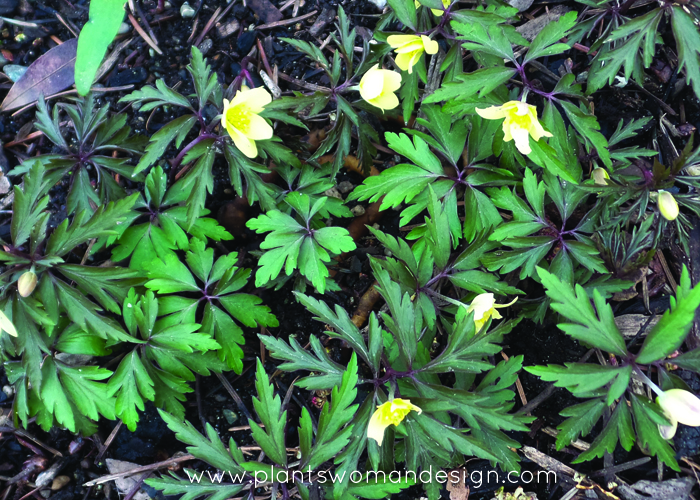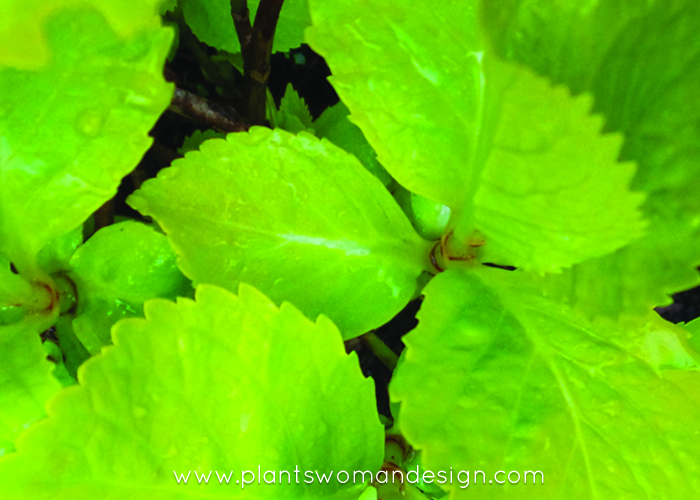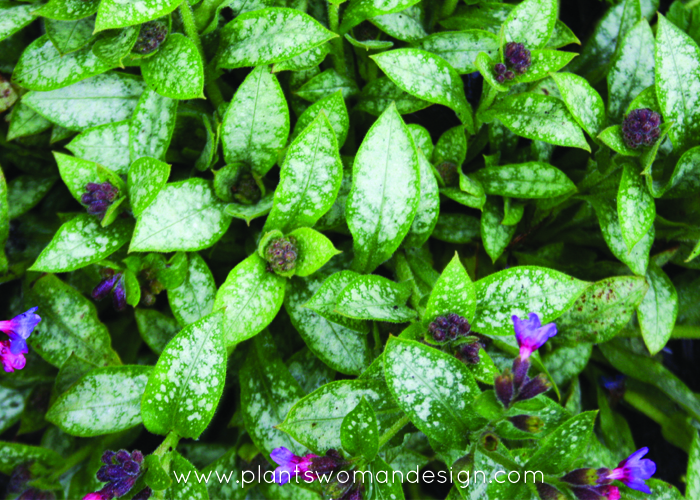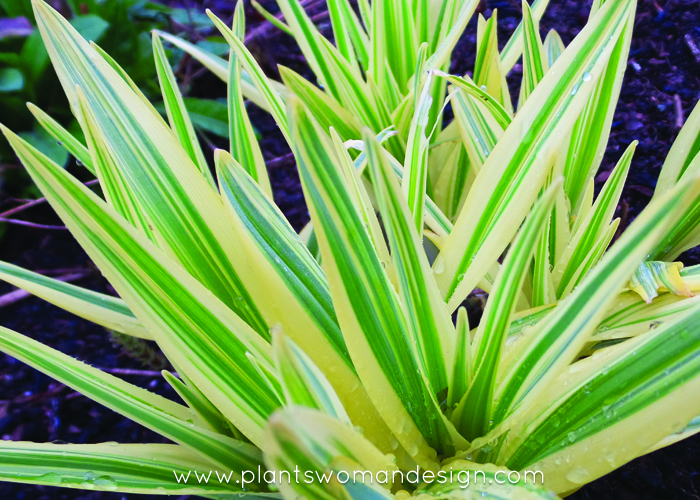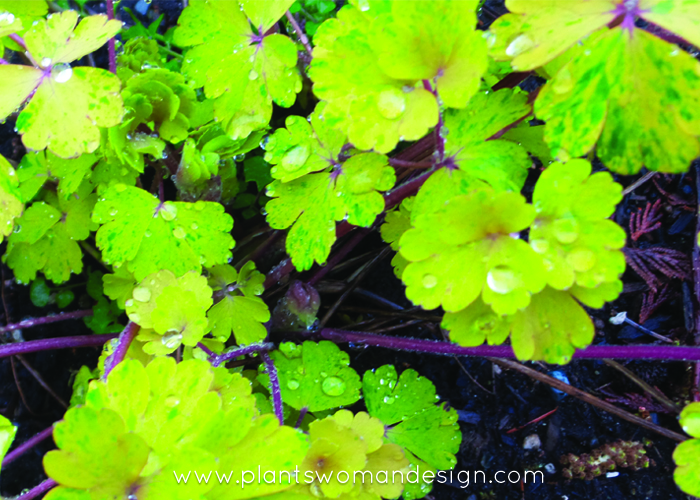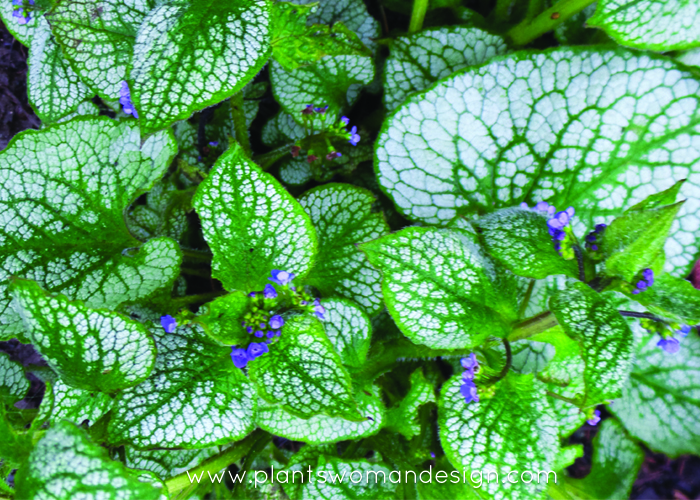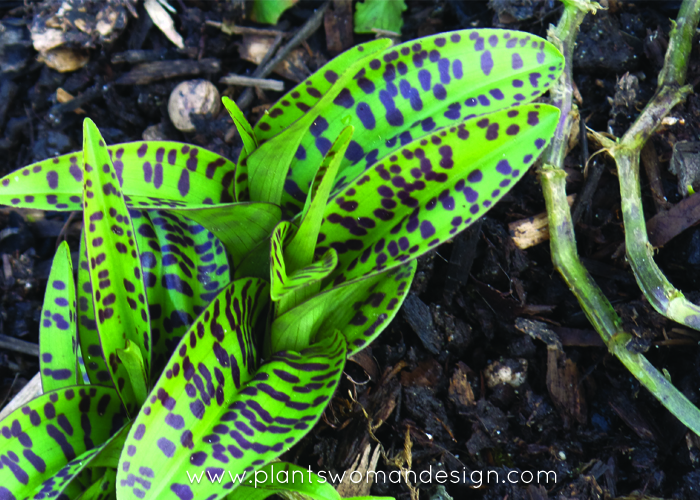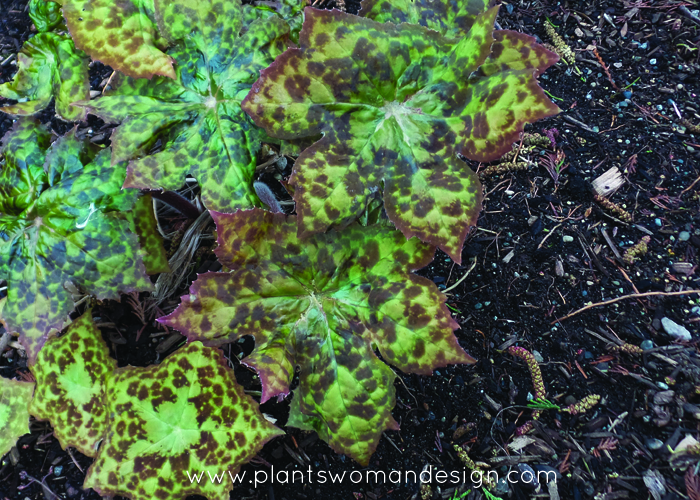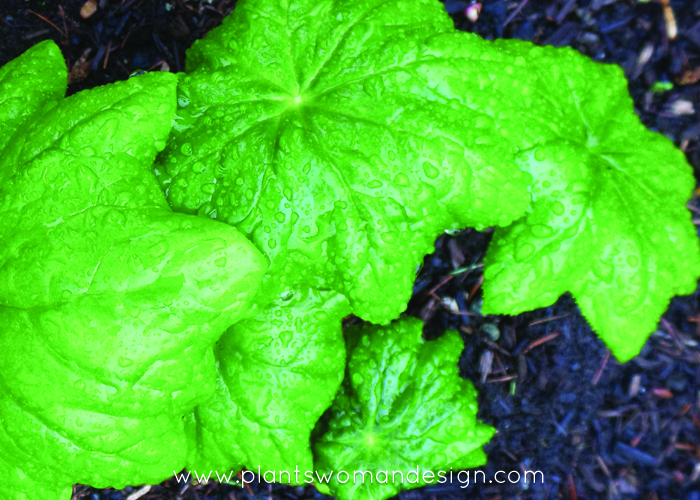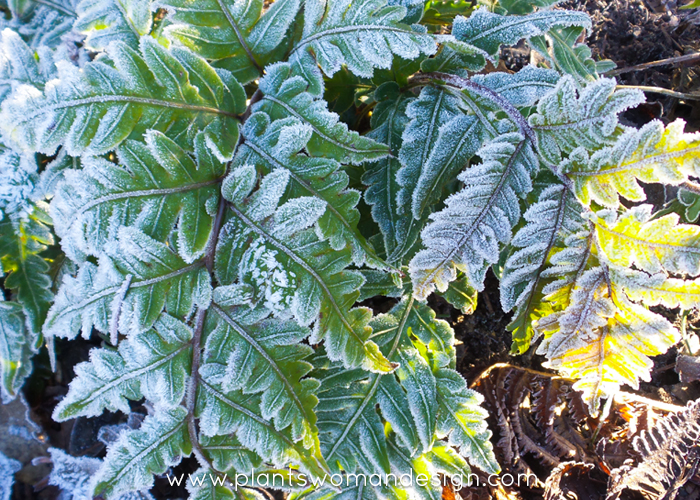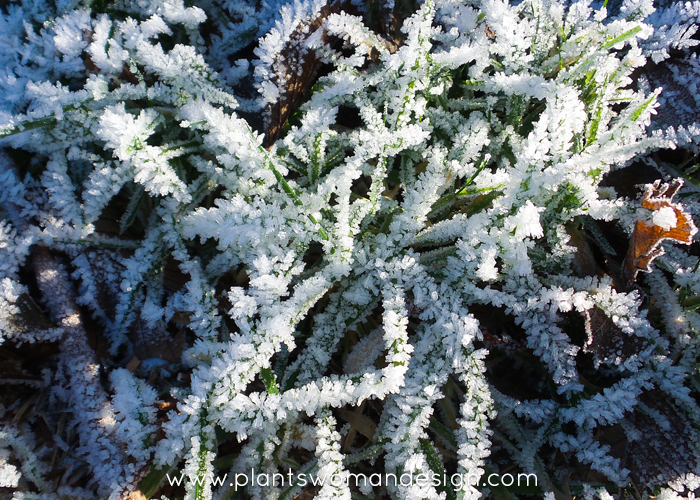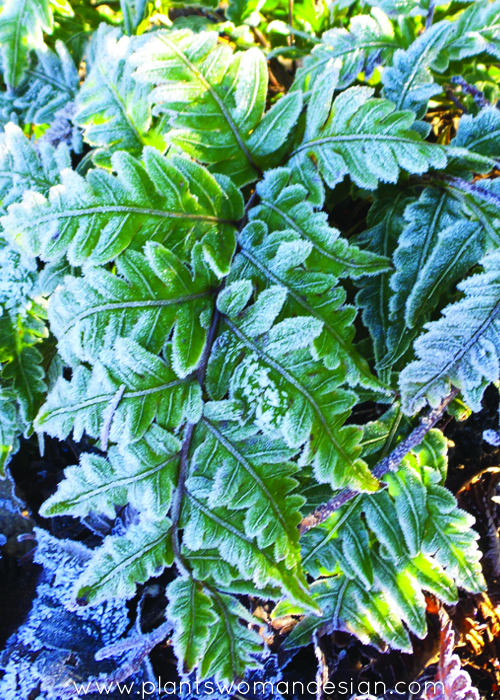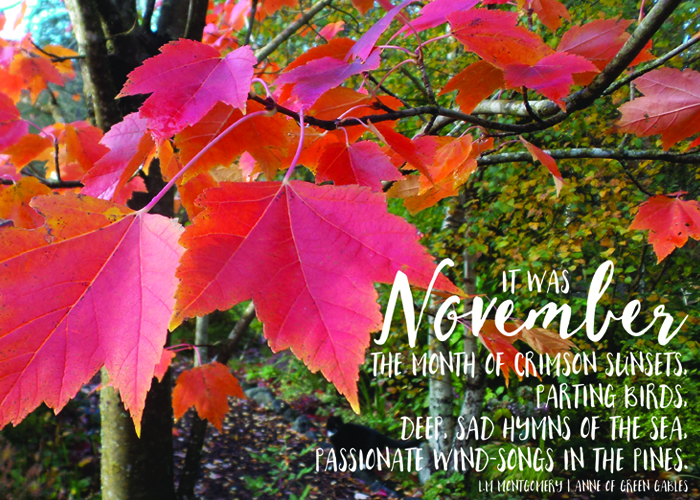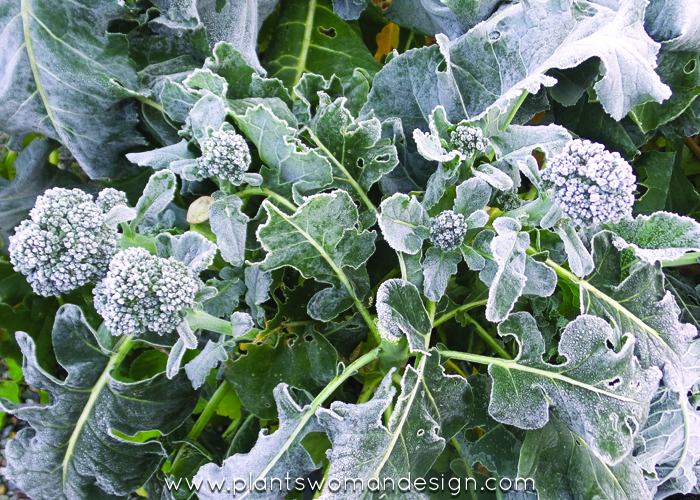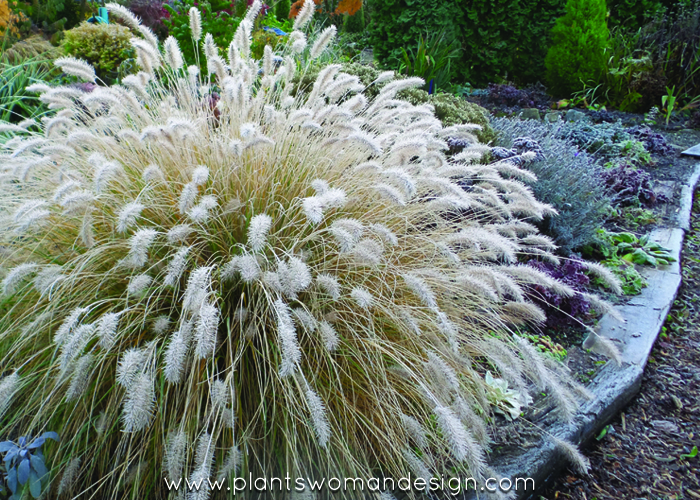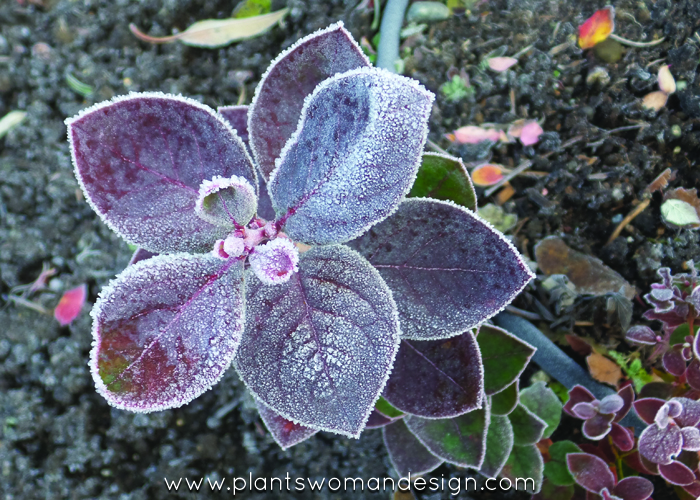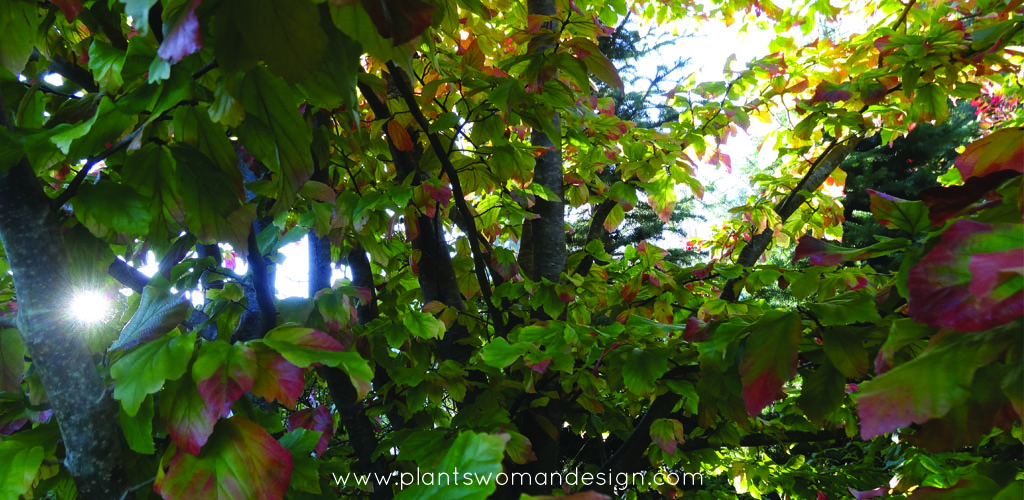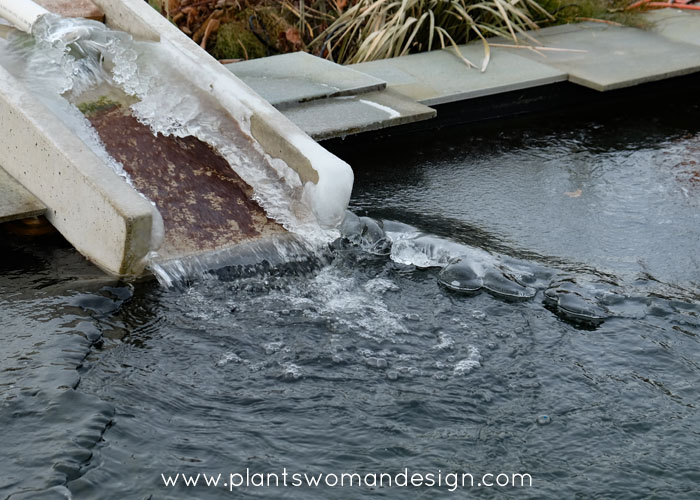
Cold Weather With A Vengeance
Seems strange that winter technically started on December 21st. It felt like winter before that but now it is really winter. Comparatively mild at 45-50 degrees before the solstice the temperatures have dropped and stayed cold. Very seldom do we get to see temperatures in the teens. It has been as low as 19 degrees in the garden here and the sustained cold has not reached above 35 degrees for several days and even weeks.
Of course, I had prepared for the regular cold here in the pacific northwest where it occasionally gets to 32 degrees. Zone 8 plants usually OK with some frost damage but this year it has been a lot more challenging.
Red bananas in the upper greenhouse are not happy because it has been freezing in there for over a week. Usually just a cover and protection from serious frost is enough to keep them alive. This year, in anticipation of a mild winter forecast, I left one in the ground with a bubble wrap cover. It’s not looking too good right now but neither are the ones in the greenhouse.
A Tasmanian tree fern in the garden was covered with a shade cloth. Strangely enough the two in the greenhouse (although its been 30 degrees for several days) look fine with green fronds and good firm trunks. Dan Hinkley lives nearby and has had good luck with just wrapping the trunks in the winter so we will see how the one in the garden does.
After a very wet October and November it has been dry during the cold. We had couple of days of snow but not a lot of soaking rain. Here are a couple of ways to help your plants survive the cold…
- Withholding water in late autumn will help prepare the plants for cold by stressing them into protection mode.
- When freezing weather hits a moist soil will help protect plants by keeping them insulated.
- Covering the plants that are tender with sheets or ground cover cloth will also help. Mulching with leaf mould, straw, or bark mulch is also good protection. Choose something that is light and open for insulation without being heavy which will retain too much moisture. Don’t use plastic as it will create moisture that will freeze around the plant.
- Don’t cut back leaves or branches on damaged plants until the weather gets warmer. Stressed plants need to recover before pruning encourages regrowth.
I’ll keep you posted on the recovery of the plants I tried to protect this winter. What’s going on in your garden? If you have effective tips to share please do!

